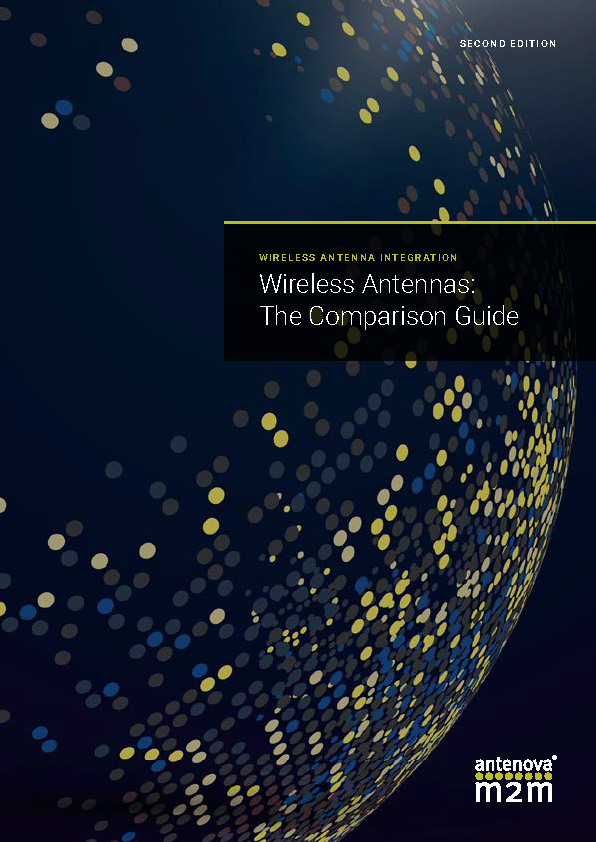I have an application for a small,battery-powered, LoRa asset tracker for the US market using the 915MHz ISM band (902-928MHz). The LoRa module used is the Murata CMWX1ZZABZ-093 which does not include an antenna. The asset tracker only transmits and the other part of the system, the asset tracker monitor, only receives. The monitor is not size constrained and can have more options for the antenna.
a) Which antenna would perform better -- the Latona SR4C033-R or Grandis SR42I010-R? The Grandis is smaller, but which one has better performance?
b) For optimum antenna performance, what is the recommended minimum size of ground plane (your eval boards are 11.5cm x 3.5cm = 40.25 sq cm or ~6.2 sq in)?
c) Why are the matching circuits for the 2 antennas (in their data sheets) different circuits and not just different component values?
d) The form factor of the application requires the asset tracker to have a small antenna and height above the PCB is limited. We would like the LoRa range to be at least 3 miles. Are the two antennas above suitable for this application or should we be looking at something else?
a) Which antenna would perform better -- the Latona SR4C033-R or Grandis SR42I010-R? The Grandis is smaller, but which one has better performance?
b) For optimum antenna performance, what is the recommended minimum size of ground plane (your eval boards are 11.5cm x 3.5cm = 40.25 sq cm or ~6.2 sq in)?
c) Why are the matching circuits for the 2 antennas (in their data sheets) different circuits and not just different component values?
d) The form factor of the application requires the asset tracker to have a small antenna and height above the PCB is limited. We would like the LoRa range to be at least 3 miles. Are the two antennas above suitable for this application or should we be looking at something else?



